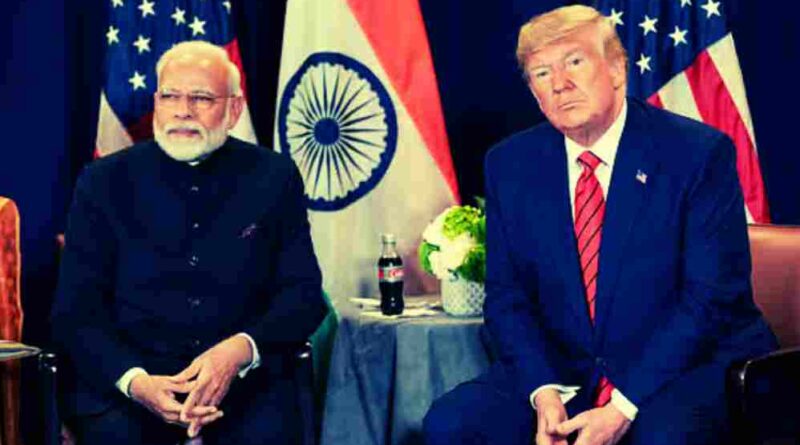India-US Trade Deal Nears Finish Line: Final Nudge Awaited from Leaders
In a significant development that could reshape bilateral trade relations, India and the United States are believed to be on the verge of finalizing a long-anticipated trade agreement. According to sources familiar with the matter, negotiations between the two economic powerhouses have essentially wrapped up, leaving only the political green light from top leadership — Prime Minister Narendra Modi and former U.S. President Donald Trump — to bring the deal to life.
Years in the Making
The India-US trade relationship has long been marked by both collaboration and contention. Tariff disputes, digital trade barriers, and market access concerns have complicated progress over the years. While both countries share deepening strategic and defense ties, ironing out trade differences has been a more arduous journey.
This current deal has reportedly been in the works for several years, facing numerous ups and downs, especially during the previous Trump administration. However, insiders now suggest that the groundwork has finally been laid, with both sides having quietly aligned on several contentious issues.
Behind the Scenes Diplomacy
Much of the recent momentum is attributed to months of behind-the-scenes negotiations involving top officials from both countries. Trade representatives have been working tirelessly to strike a balance between India’s domestic interests and America’s push for better access in sectors like agriculture, e-commerce, and manufacturing.
According to one senior official involved in the talks, the technical aspects of the deal have been “largely agreed upon.” What remains now is a diplomatic moment — a ceremonial nod from both leaders — to seal the agreement.
“There’s no major sticking point anymore. It’s just about timing and political will,” the source noted, adding that the deal could be formally announced at any upcoming high-level engagement between the two nations.
Strategic Timing
The timing of the potential announcement is especially crucial. With the United States heading into an election year and India coming off the momentum of recent global diplomatic wins, both governments may be eyeing this deal as a strategic asset.
For the U.S., rekindling strong trade ties with India could serve as a geopolitical counterweight in Asia, especially amid its ongoing competition with China. For India, clinching a favorable deal with the U.S. — one of its biggest trading partners — would underline its growing global clout and commitment to economic diplomacy.
What’s Likely Included
While the full scope of the trade deal has not been made public, sources suggest it could include:
- Reduction or elimination of certain tariffs on U.S. agricultural goods entering India.
- Expanded access for Indian textile and pharmaceutical exports to the American market.
- Agreements on digital trade frameworks and data localization norms.
- Clarity around standards and certifications that had previously hampered trade flows.
- Potential discussions around dispute resolution mechanisms and trade facilitation measures.
There is also buzz about a framework that could pave the way for deeper cooperation on technology transfer, especially in critical sectors such as clean energy, semiconductors, and artificial intelligence.
A Delicate Balancing Act
However, the deal — even in its final stretch — is not without political sensitivity. In India, any increased access to U.S. agricultural products could raise concerns among domestic farmers. Likewise, in the U.S., politicians often tread cautiously on trade deals that could be perceived as outsourcing American jobs or weakening local industries.
That said, both sides seem to be banking on the broader strategic value of the agreement. The relationship between India and the United States has evolved well beyond mere transactional exchanges. From defense pacts to joint military drills and collaborations in space and health, the partnership is maturing into something more comprehensive.
The Last Mile
All eyes are now on the top brass — Prime Minister Modi and former President Trump — to give the deal their final stamp of approval. The expectation is that with just one strong diplomatic push, the long-awaited agreement could be announced, offering a win-win for both economies.
If that happens, it could serve not just as a trade victory, but as a symbolic reinforcement of the growing alignment between the world’s two largest democracies.
In the end, this is more than just a deal. It’s a signal — that in a time of shifting global alliances and economic realignments, India and the U.S. are ready to bet bigger on each other.
Disclaimer
The information and content shared on digitalgithub.com — including articles, blogs, news, guides, and other resources — is intended for general informational and educational purposes only. We do not guarantee the completeness, reliability, or suitability of any information. Always seek the guidance of a qualified professional before making decisions based on the information you read. Use this site at your own risk.

